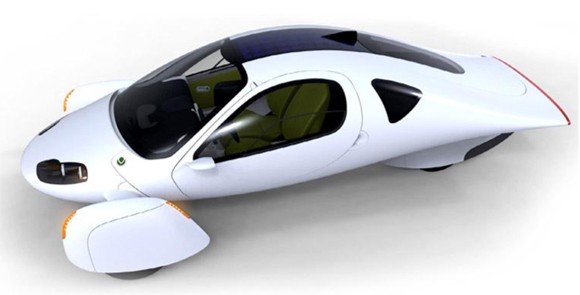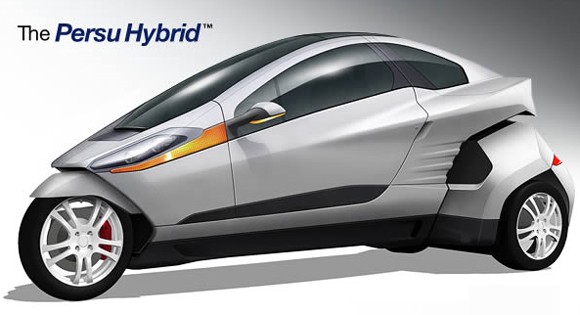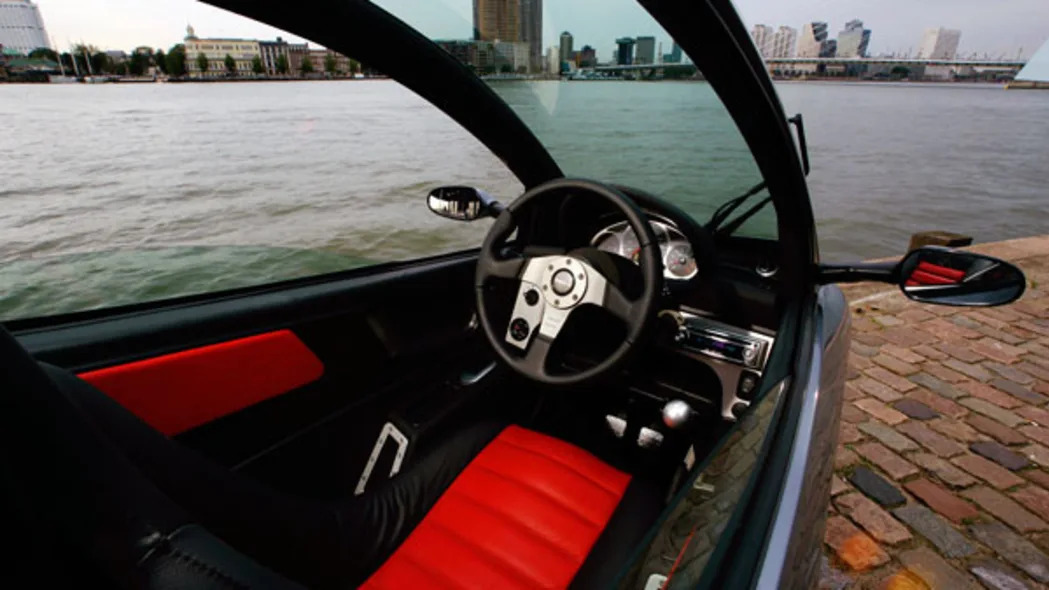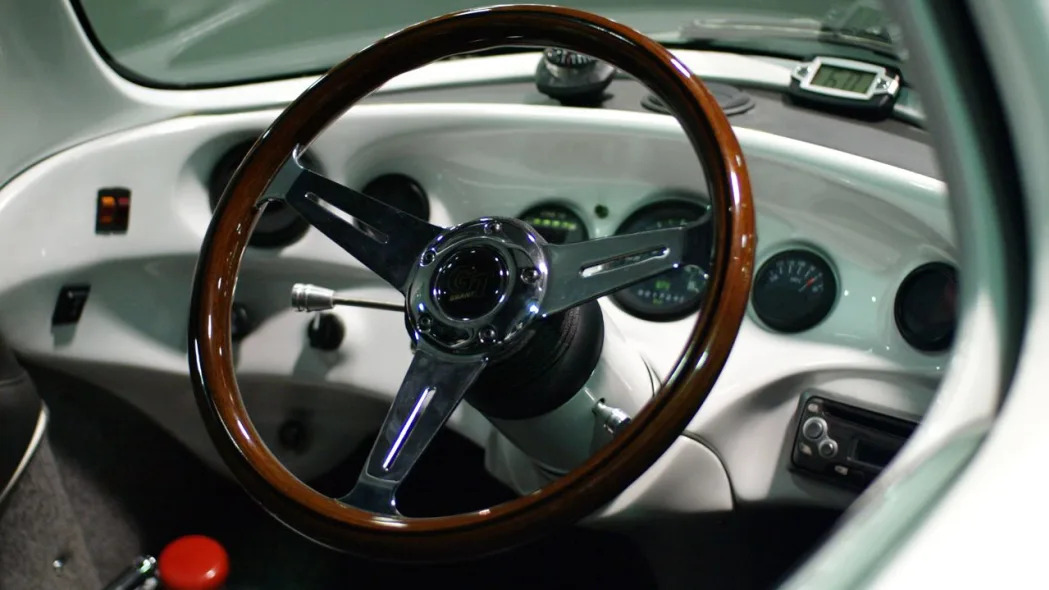You may have noticed that a lot of new "green" cars not only lack a large carbon footprint but they also seem to be missing something else; a fourth wheel. Recently the three-wheel configuration has been appearing in various forms of vehicles, from the space-age Aptera to the a-bit-more-than-a-motorcycle Piaggio Mp3. With this seeming  flood of tricycles sloshing about one question needs a clear answer: "Why do so many green cars only have three wheels?"
flood of tricycles sloshing about one question needs a clear answer: "Why do so many green cars only have three wheels?"
As you might imagine there are a variety of possible reasons why one would design a vehicle this way. Hit the jump to take a tricycular journey to find out why.
 flood of tricycles sloshing about one question needs a clear answer: "Why do so many green cars only have three wheels?"
flood of tricycles sloshing about one question needs a clear answer: "Why do so many green cars only have three wheels?"
As you might imagine there are a variety of possible reasons why one would design a vehicle this way. Hit the jump to take a tricycular journey to find out why.
Sometimes referred to as a tri-car, three-wheeled conveyances have been with us since the beginning of the automobile. The very first motorcar, built in 1885 by Karl Benz and called the Benz Patent Motorwagon, featured only one wheel in the front and two in the back. Although his next design had four wheels and became the popular standard, trikes continued to be built from then until now.
There are two different ways to configure a three-wheeled vehicle. Placing one wheel in front and two in the back, à la the original, is usually referred to as the delta configuration. The reason most cited for using this format is cost. It is an relatively easy way to keep costs low since, not only is the steering mechanism cheaper to build and more simple to engineer, but it removes, obviously, the expense of a fourth wheel and all the bits that go along with that. The downside to this design is, just as obviously, stability. Although that might seem like a significant drawback, the truth is that there are millions of vehicles, mostly tuk-tuks, that are operated on a daily basis as the drivers understand their vehicles lack of cornering ability and stay within their safety parameters.

The other configuration, called the tadpole or reverse-trike, keeps two wheels up front and places one in the back. It shares with its somewhat ungainly tricycle brethren the advantage of decreased weight and lower rolling resistance, and is the preferred arrangement for builders of green vehicles. Usually much more stable than the delta - even more so if the front wheels tilt - this design allows for attempts to mimic the most aerodynamic form known; the teardrop. The less wind resistance a vehicle has, the less energy it needs to move forward.

The one other major reason for new manufacturers to go the three wheel route is regulatory. Simply put, three-wheeled vehicles are classified as motorcycles in the U.S. Therefore, they don't need to undergo the expensive safety testing that four wheel cars do. The cost of crashing several vehicles can be a major hurdle for a most start-up companies. Of course, with each state able to craft its own laws about the vehicles on its roads, there can still be some legal impingements to operating a tri-car in the U.S. However, with some lobbying effort these roadblocks, these roadblocks are slowly being removed, and the number of three-wheelers on American roads will very likely go up in the coming years. To get a good idea of the vehicles you may see, check out the galleries below.






Sign in to post
Please sign in to leave a comment.
Continue